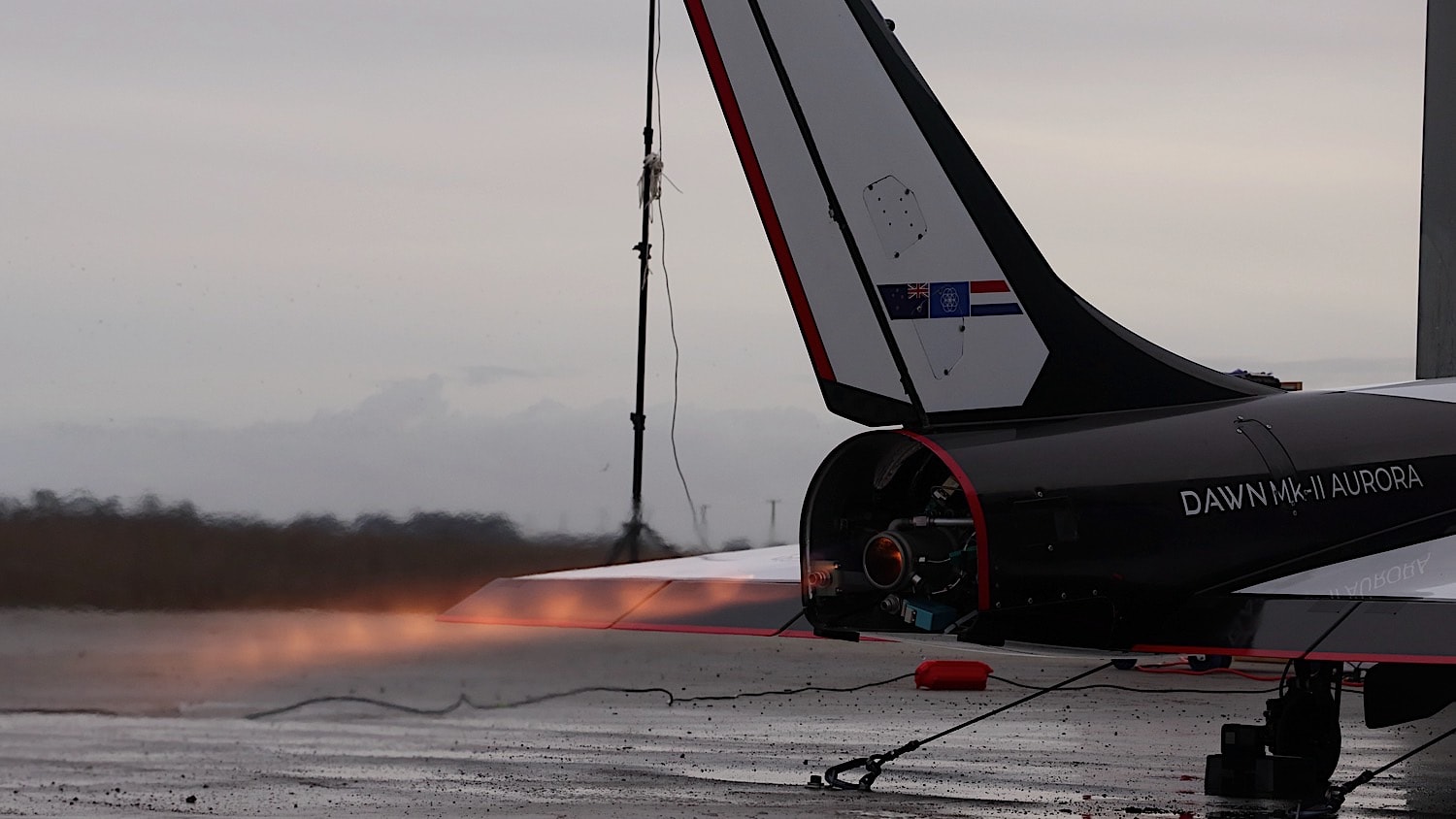Dawn Aerospace, a joint Dutch-New Zealand company, is making waves in the space transportation industry with their Mk-II Aurora. This reusable spaceplane breaks away from the traditional capsule-and-rocket model by aiming for same-day turnaround times, allowing for multiple missions within a single day.
This innovative approach has the potential to revolutionize space travel by drastically increasing launch frequency compared to conventional rockets. The Mk-II Aurora is still undergoing development, but recent milestones like successful test flights using a rocket engine represent a significant step forward.
These achievements bring Dawn closer to their goal of making space travel more accessible and frequent. The spaceplane’s ability to take off and land horizontally on a runway, similar to a commercial airplane, further contributes to this goal by streamlining the launch process.

This innovative design makes it distinct from traditional rockets and spaceplanes, offering a more cost-effective and versatile launch solution. While the exact top speed is under wraps, the Aurora is expected to surpass the capabilities of the SR-71 Blackbird, a legendary spy plane that reached speeds of Mach 3.2 and an altitude of 85,069 feet.
With its potential to breach the 62-mile Karman Line, the Aurora promises to redefine access to space. Dawn Aerospace has ambitious plans for the Mk-II Aurora following the go-ahead for high-speed test flights.
The next phase, spanning July to September, will see the Mk-II undertake critical trials to push its limits. Reaching Mach 1.1 and 70,000 feet would make it the first privately funded UAV to break the sound barrier.
Additionally, Dawn will demonstrate the Aurora’s reusability by aiming for two flights in a single day. These successful tests will pave the way for the Mk-III, a two-stage orbital vehicle designed for suborbital cargo transport and satellite launches. With its rapid reusability and diverse capabilities, the Aurora promises to revolutionize space research, Earth observation, and satellite deployment.

